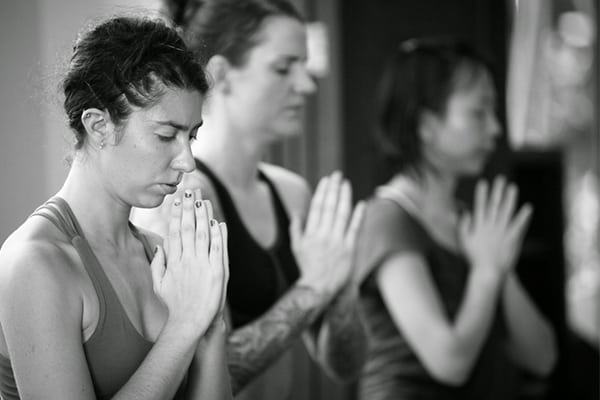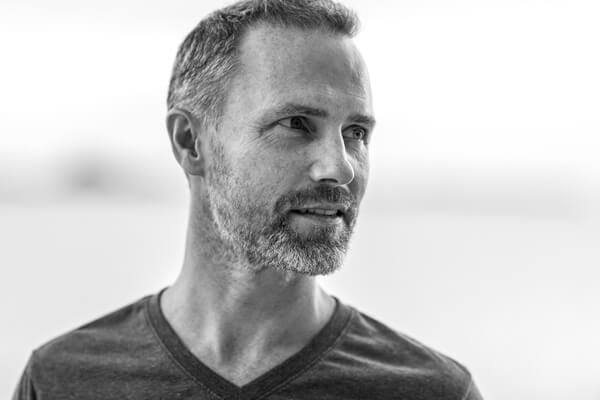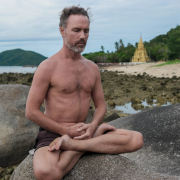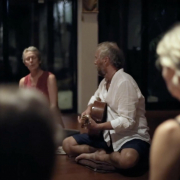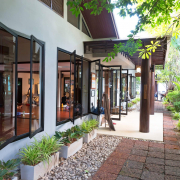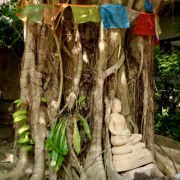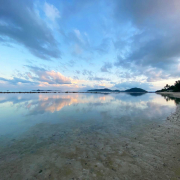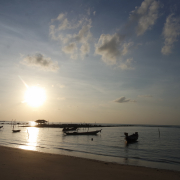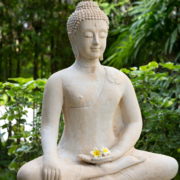 https://samahitaretreat.com/wp-content/uploads/2023/11/IMG_5161-scaled.jpg
2560
1707
Kirsten Mia
http://samahitaretreat.com/wp-content/uploads/2024/01/samahita-logo-v2.svg
Kirsten Mia2023-11-01 03:57:462023-11-02 06:11:16The Buddha, the Dharma, the Sangha
https://samahitaretreat.com/wp-content/uploads/2023/11/IMG_5161-scaled.jpg
2560
1707
Kirsten Mia
http://samahitaretreat.com/wp-content/uploads/2024/01/samahita-logo-v2.svg
Kirsten Mia2023-11-01 03:57:462023-11-02 06:11:16The Buddha, the Dharma, the SanghaInner peace : Paul Dallaghan’s Interview for Inner Peace Conference in Amsterdam.
Question: Was there a turning point in your life when you felt you connected to your inner peace?
Paul: I was sent away at 16 on my own to work and live on a farm in rural France. Much time was spent in nature, either working or quietly alone. Without me realizing it was a key meditative time. That was the first key transformation for me with a few later key shifts occurring so it is now lived on a daily level.
Question: What does inner peace mean to you?
Paul: To know oneself and be centered, balanced, in all situations.
Question: When do you experience Inner peace? And when do you lose that inner peace?
Paul: Perhaps too self-involved of a question to comfortably answer – but I feel centered most of the time. I have noticed that when asked “how are you?” I only answer “fine”, never really disturbed by the ups and downs of life. Yet still the burdens and stresses of life need to be handled. If I am around a lot of activity, a lot of people raising the hype and creating a hyperactive environment then I feel disturbed, but more on an overstimulated level than a disruption of inner calm.
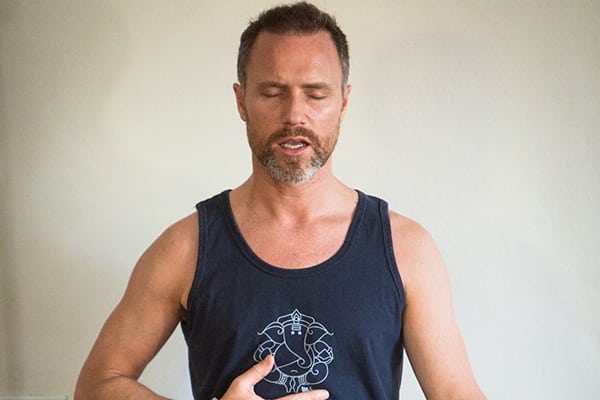
Question: What would you advise people as a practical tool to (re)connect to their inner? What is your tip to find inner peace?
Paul: You have to make it a priority of focus and practice it each day. There are many methods. One part is practice time, the second part is awareness throughout the day. Important to this is to develop understanding. It is not enough to just practice, practice, practice. Without understanding arising within then the next upset will disturb you again. Understand who you are and the nature of life. Practice techniques to internally stabilize which may involve the breath but also require internal examination without condemnation.
Question: Do you think inner peace influences outer peace? If yes, in what way? If no, why not?
Paul: There is no outer peace without inner peace. No political economic system in the history of humanity to date has managed to bring about outer peace. Instead individuals find inner peace and treat others with kindness and respect. The state of the heart must be addressed first. Yet it is usually avoided due to full attention on the external and very smart people offering wonderful material solutions that unfortunately don’t solve the continued crisis of violence and abuse. It is important to change external structures that continue the cycle of poverty and mistreatment but the heart of those in a position to do so must first be really touched and inner peace found. Ironically one may be living in the worst of material conditions but have found inner peace without the promised revolution occurring. And that inner peace enhances their life and has a positive impact on others they meet.
Question: Do you have a ritual?
Paul: I have practices with a daily routine regardless of travel and different work focus. This is to continue and deepen the centered state. One should never take the experience of inner peace for granted. Voluminous forces every day come to throw one off-center, out of balance. Yet continued inner effort can thwart that and eventually stabilize inner peace. Effort and connection is required, as is the case with any relationship.
Question: Have you ever visited Amsterdam? If you do: Do you have a spot in Amsterdam where you always feel peaceful?
Paul: By one of the quieter canals.
Dr. Paul Dallaghan’s expertise with breathwork, body and meditative practices comes from three sources: (1) three decades of daily dedicated practice and teaching these techniques; (2) uniquely acknowledged in the Yoga tradition by the title of “Master Yogi-Prānācharya (expert in breath)”, following an immersion in the original culture through one-on-one direct training in practice and study of ancient texts; (3) a PhD in doctoral scientific research at a leading US university (Emory) covering both the tradition and science of yoga and breath practices in terms of stress, health and aging. As a result, Paul occupies a unique space to impart genuine teaching and science on the breath, body, and meditative practices, seen as a Teacher-of-teachers and identified to carry on the tradition of Pranayama. His sincere and ongoing role is to teach, write and research, to help put out experienced and authentic information on these areas of how we live, breathe and be, to help people improve their mental and physical health, and live more fulfilling lives.
For more on his background see his bio
More from the Samahita Blog
